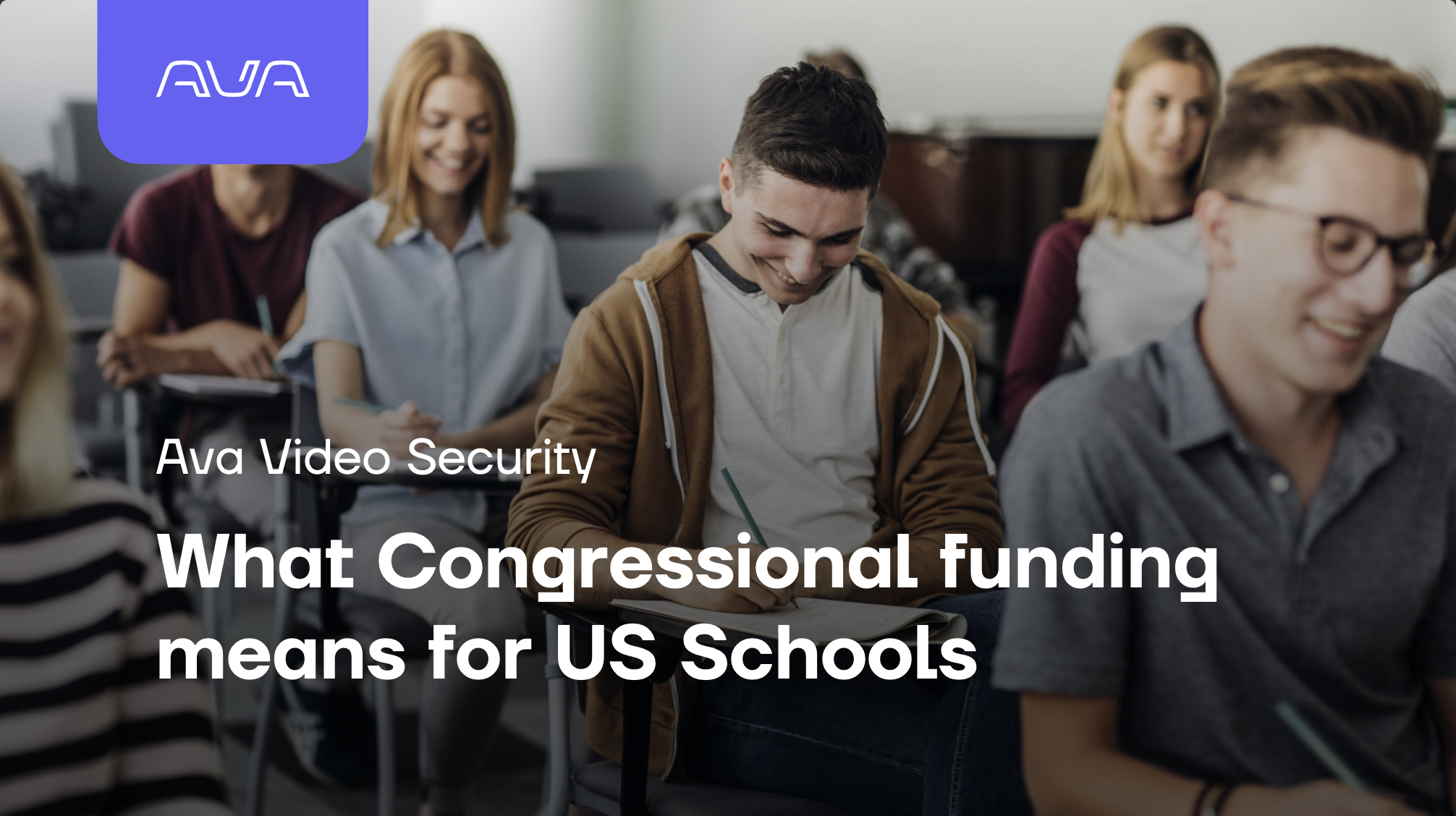Inadequate situational awareness
Just the size and diversity of schools, colleges, and universities pose security challenges. Past school video security measures may have led to gaps in coverage, leaving campuses vulnerable to internal and external threats.
Also, the COVID-19 pandemic created the need for increased situational awareness. Without a real-time and dynamic understanding of the environment, it is challenging to enforce preventative measures to control and mitigate the risk of transmission.
Slow incident response time
Speed is critical. Within the confines of a school or college, the consequences of slow incident response time can be devastating and even deadly.
The longer it takes for school security personnel to gather, understand, and analyze the details of an incident, the greater the threat becomes. Responding to an active shooter, vehicle breach, or assault requires an immediate action that isn’t usually available through existing video security technology.
Limited real-time analytic capabilities
Schools, colleges, and universities need to prevent incidents from occurring rather than simply reacting after an incident has occurred. The traditional method of receiving an emergency call and responding after the fact is too costly; automated notifications and alerts based on anomalies and rule violations captured on video security solutions give campus security teams the power to act.
NDAA-889 compliance
Section 889 of the NDAA applies to schools receiving federal contracts, grants, and loans.
Schools and colleges must meet NDAA-889 compliance, which states that the U.S. Government has banned specific telecommunications and video surveillance equipment utilizing chips manufactured in China.



